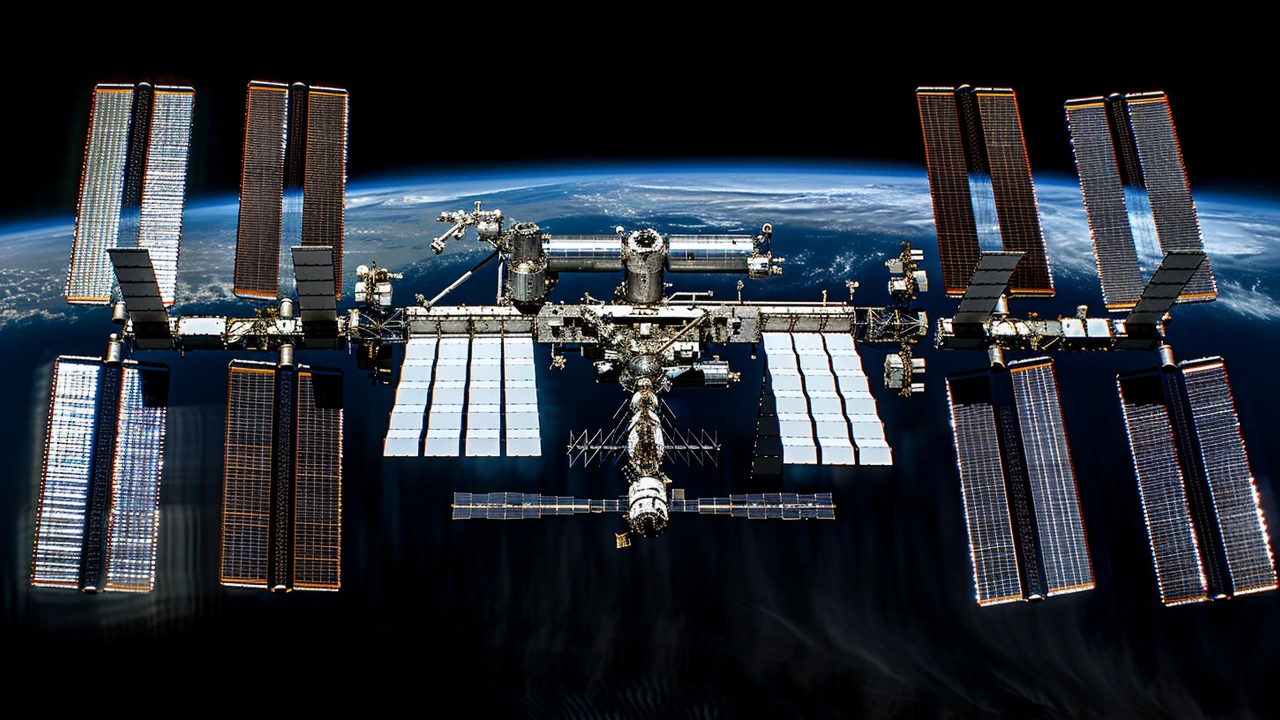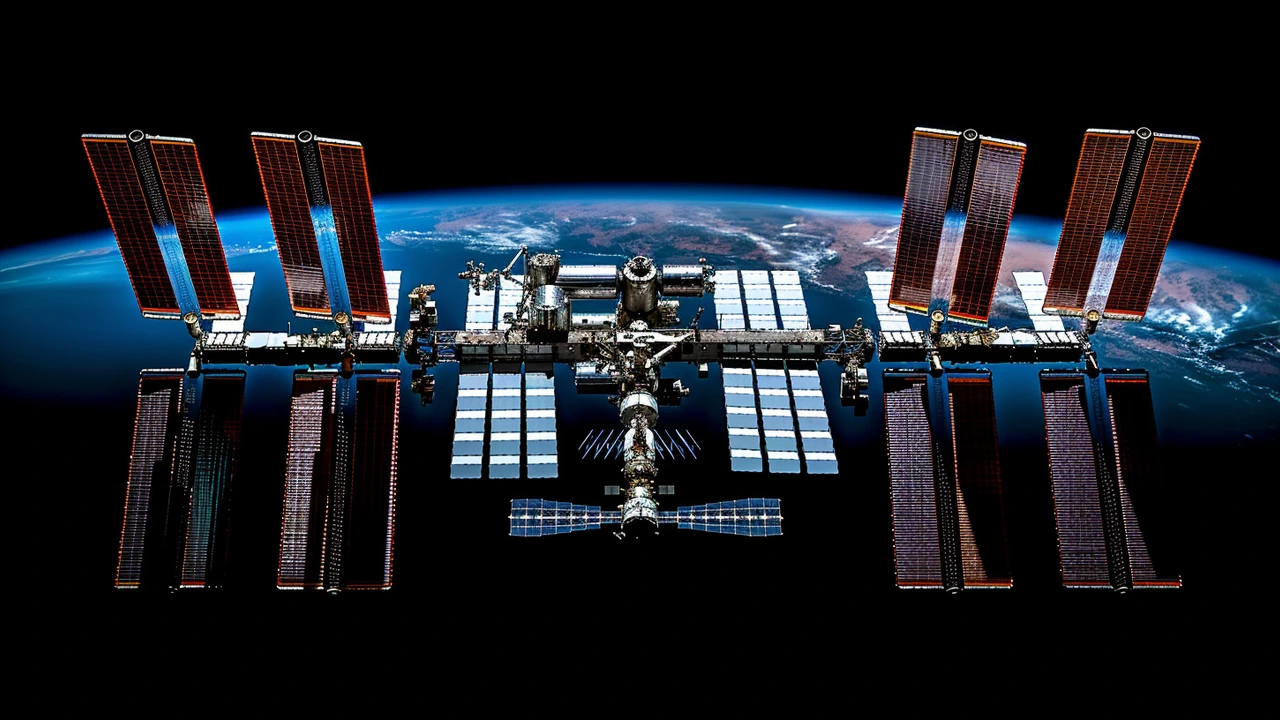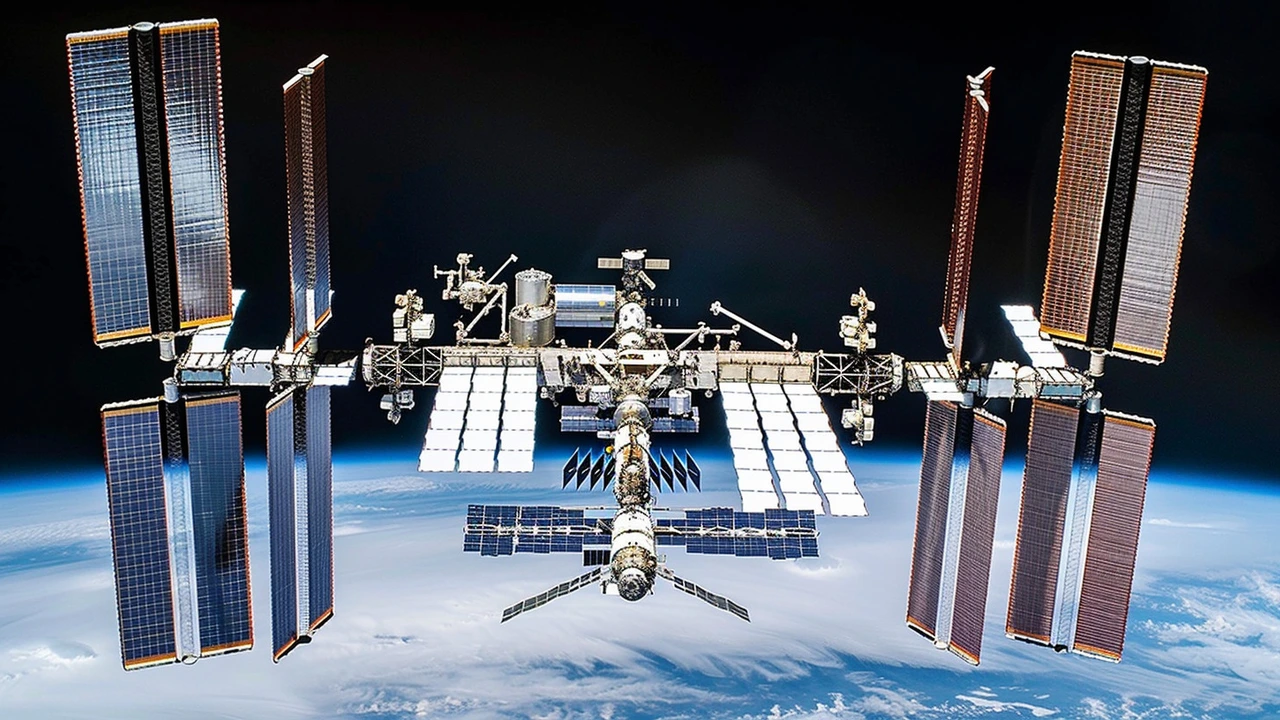NASA Awards SpaceX $843M to Build Deorbit Vehicle for ISS
In a landmark development for space exploration and space station management, NASA has contracted SpaceX to create a specialized vehicle for the safe deorbit of the International Space Station (ISS). The contract, worth $843 million, comes as the space agency plans the eventual retirement of the orbital laboratory, aiming for around 2030. The new vehicle's purpose will be to bring the ISS down from its orbital path to ensure its descent is controlled, thus minimizing any threat to humans on Earth.
The ISS, which has been orbiting Earth since 1998, is a testament to international cooperation and technological advancement. But as the station ages, NASA has been diligently planning for its end-of-life operations. Enter SpaceX, the commercial space juggernaut led by Elon Musk, which will develop what is called a deorbit spacecraft. This isn’t merely another project; it's pivotal to the ISS's safe disposal and constitutes a significant chapter in space station management.
What is a Deorbit Spacecraft?
The term deorbit spacecraft refers to a vehicle engineered to safely guide large space objects, like the ISS, out of orbit into Earth's atmosphere in a controlled way. Without such an initiative, the risks associated with an uncontrolled re-entry could endanger lives and properties due to falling debris. Constructing this vehicle requires advanced engineering as it must be robust enough to dock with the ISS and perform complex maneuvers essential for changing its orbit trajectory without posing risks to its structural integrity.
The primary goal is to ensure the space station re-enters the Earth's atmosphere over a remote oceanic area, reducing the likelihood of debris hitting populated regions. NASA's confidence in SpaceX for this task speaks volumes about the latter's capabilities and the trust it has earned from the space community. The space agency's announcement on Wednesday emphasized this vital contract as a significant milestone in preparing the space station's planned retirement.
Why SpaceX?
SpaceX's selection did not come as a surprise to industry insiders. Over the past decade, SpaceX has revolutionized space travel and cargo missions, proving its reliability through numerous successful missions ranging from satellite launches to crewed flights to the ISS. NASA has long sought collaboration with private space companies to foster innovation and cost efficiency. SpaceX exemplifies this partnership through its track record, technical expertise, and capacity to handle complex space mission requirements.
Financially, the $843 million awarded to SpaceX will assist in research, development, and the ultimate construction of the deorbit spacecraft. This investment highlights the importance NASA places on an organized end-of-life procedure for the ISS. It's an investment in safety, technological advancement, and, most importantly, in the assurance of continuing a legacy of responsible space exploration.

The Future of the ISS
The ISS has been more than just a space habitat; it's a floating laboratory contributing immensely to scientific research across multiple disciplines like biology, physics, and astronomy. Its eventual decommissioning doesn't merely represent the end of an era but the beginning of a new phase in space research and exploration. While its continuous operation is secured until 2030, NASA's proactive steps in planning for its deorbit demonstrate responsible oversight and forward-thinking.
As space agencies worldwide gear towards the station's end-of-life, they are also considering the aftermath. What comes next? Various countries, including the United States and its ISS partners, are exploring new orbital stations, possibly led by private industries or international collaborations. This period until 2030 will be crucial as it balances the ISS's operational demands and the groundwork for future orbital platforms.
International and Commercial Collaborations
The ISS is one of the best examples of international collaboration in the realm of space exploration. From its inception, it has been a cooperative effort among space agencies from the United States, Russia, Europe, Japan, and Canada. This remarkable partnership extends to its deorbiting phase. Countries involved are formulating plans collectively while also eyeing new projects. The concept of shared space objectives is likely to influence the design and operation of future missions significantly.
Significantly, projects involving international cooperation often lead to shared knowledge, resources, and technological advancements. This contract with SpaceX exemplifies working in synergy, where private industry bolsters governmental missions. The collaborative momentum is poised to continue, driving innovations that could shape the next milestone of space exploration.

Technological and Safety Considerations
Certainly, the design and function of the deorbit spacecraft will incorporate multiple safety features. It must withstand the rigors of space travel, dock seamlessly with the ISS, and execute its descent operations flawlessly. NASA’s stringent safety and operational guidelines will be intrinsic to the spacecraft’s specifications. This makes the vehicle not just an engineering marvel but a testament to human ingenuity and foresight in managing space resources and risks.
Technological components will likely include advanced propulsion systems, automated docking mechanisms, and fail-safes to guarantee mission success. Engineers and mission planners will integrate lessons learned from previous missions to refine the spacecraft’s design continually. As the ISS continues to host astronauts and international crews, the responsibility to safeguard their well-being until its very end is paramount, necessitating rigorous attention to every facet of the deorbiting process.
Public and Educational Outreach
Given the importance of the ISS deorbit mission, public opinion and educational outreach will play substantial roles. NASA and SpaceX are expected to engage the public through updates and educational programs explaining the mission's significance. This endeavor isn’t just about technology but also about upholding transparency and inspiring the next generation of space enthusiasts and professionals.
Educational initiatives can involve virtual simulations, school curriculums incorporating mission details, and interactive public exhibits that offer insights into the complexities of space station deorbiting. These efforts will not only inform but also stimulate interest in STEM (Science, Technology, Engineering, and Mathematics) fields, contributing to a knowledgeable populace and encouraging future space exploration careers.

Looking Ahead
As we look to the future, the contract awarded to SpaceX signifies more than just a financial agreement; it's a collaborative promise for safe, responsible management of space assets. Both NASA and SpaceX are positioned at the forefront of a new era in space exploration, where innovation, safety, and international cooperation are paramount. The ISS's legacy will be carried forward as new space habitats and missions unfold, showcasing the continuous evolution of human endeavors in the cosmos.
This mission, while centered on bringing an end to the ISS, also paves the way for new beginnings. Future stations, missions to Mars, and other deep space explorations will echo the lessons learned. Space travel and station management are complex, requiring a blend of proactive planning, technological prowess, and collaborative spirit. The upcoming years are set to be transformative, shaping the trajectory of space exploration for generations to come.

